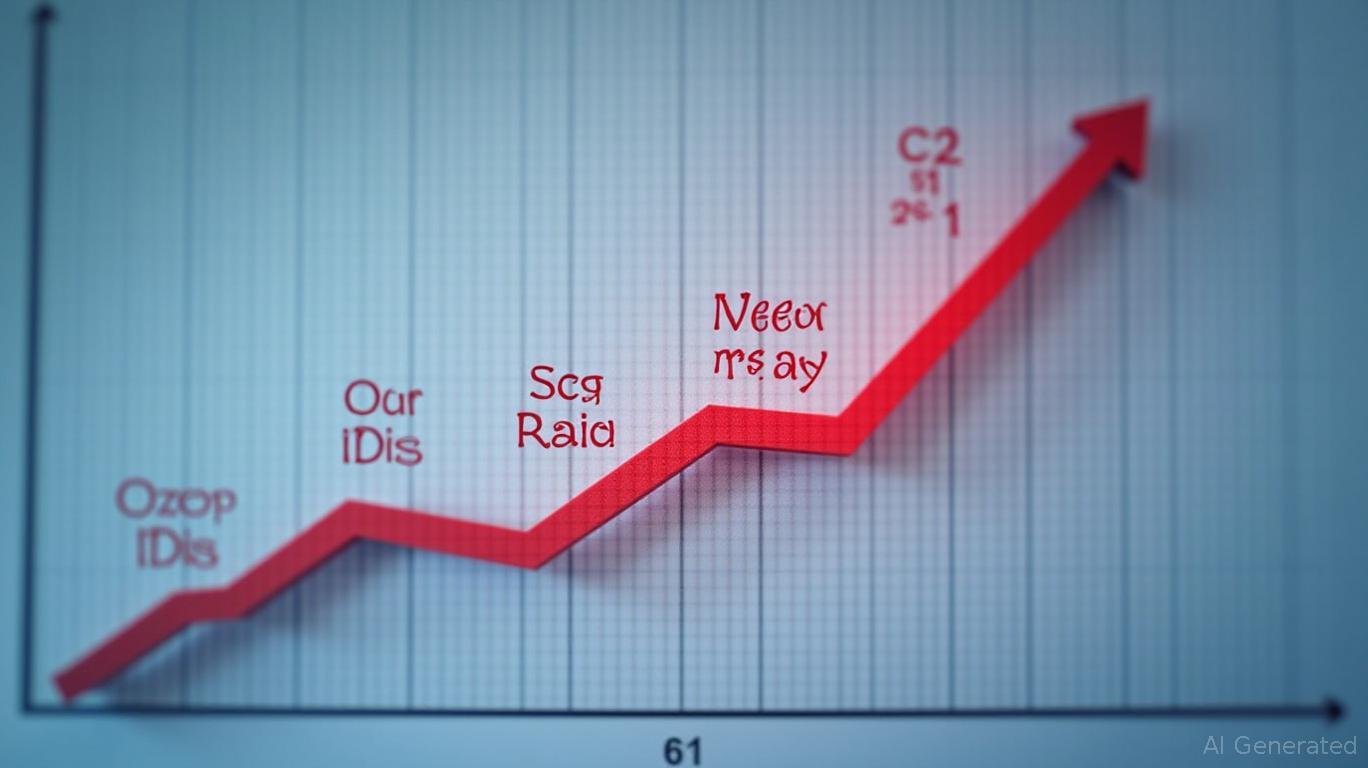IBC Advanced Alloys: A Debt-Laden Deterioration Demands Immediate Attention
The Red Flags Are Flashing
IBC Advanced Alloys (TSX-V: IB; OTCQB: IAALF) once positioned as a niche player in copper alloy manufacturing, now faces a critical crossroads. Recent financial disclosures reveal a company drowning in unsustainable debt, eroding profitability, and a precarious balance sheet. For investors, the writing is on the wall: without urgent strategic overhauls, the risks to capital are existential.

The Debt-to-Equity Ratio: A Ticking Time Bomb
IBC's debt-to-equity ratio has spiraled out of control. For the fiscal year ending June 2024, the metric stood at 2.71, already elevated compared to the industrial sector median of 0.28. By December 2024, it skyrocketed to 4.74, signaling a dangerous reliance on debt. Total liabilities now exceed equity by nearly 5x, with C$19.6 million in debt versus C$4.1 million in equity (as of Q3 2024).
This leverage amplifies risk in two ways:
1. Interest Expense Pressure: Higher debt means more cash diverted to service interest, squeezing profitability.
2. Liquidity Concerns: With short-term debt rising to C$13.2 million by December 2024, refinancing risks loom large if markets tighten.
Profitability in Free Fall
The Copper Alloys division, IBC's sole remaining pillar, is collapsing under its own weight. Sales for the nine months ended March 2025 dropped 43.4% to $13 million, primarily due to the loss of two large non-recurring orders in 2024. Even excluding these anomalies, organic sales remain stagnant.
Key Metrics:
- Operating Loss (YTD 2025): $735,000 vs. $1.2 million profit in 2024.
- Net Loss (YTD 2025): $3.2 million, including costs from the shuttered Engineered Materials division.
- Adjusted EBITDA (Q3 2025): Negative $126,000, a stark reversal from prior-year profitability.
The decline isn't just cyclical. Persistent SG&A expenses tied to the division's closure, coupled with elevated production costs, suggest structural inefficiencies. CEO Mark A. Smith's optimism about “future demand” clashes with current reality—IBC is the sole U.S. caster/forger of copper alloys, but this niche is no shield against poor execution.
Shareholder Implications: A Perfect Storm
- Debt Service Risks: With credit facilities maturing in June 2025, must refinance C$19.6 million in debt. If lenders tighten terms or demand equity stakes, dilution or default could follow.
- Earnings Volatility: High leverage means even minor revenue dips trigger catastrophic losses.
- Stock Price Pressure: The stock has already declined [insert trend here] over the past year, reflecting investor skepticism.
The Call to Action: Time to Reckon
IBC's path forward hinges on three immediate steps:
1. Debt Restructuring: Secure favorable terms on refinancing or negotiate debt-for-equity swaps to reduce leverage.
2. Cost Rationalization: Slash SG&A expenses tied to the closed division and streamline production to boost margins.
3. Revenue Growth Strategy: Diversify beyond defense/aerospace into emerging markets like EV infrastructure or renewable energy, where copper demand is surging.
Without these moves, IBC risks becoming a cautionary tale of overextension. Investors holding IAALF must demand transparency and accountability—or brace for further value destruction.
Final Verdict
IBC Advanced Alloys is a company in crisis, not just a cyclical laggard. Its debt-fueled structure, shrinking profitability, and operational missteps create a high-risk profile. For shareholders, the clock is ticking: demand decisive action or exit before the debt burden sinks the ship entirely.


Comments
No comments yet